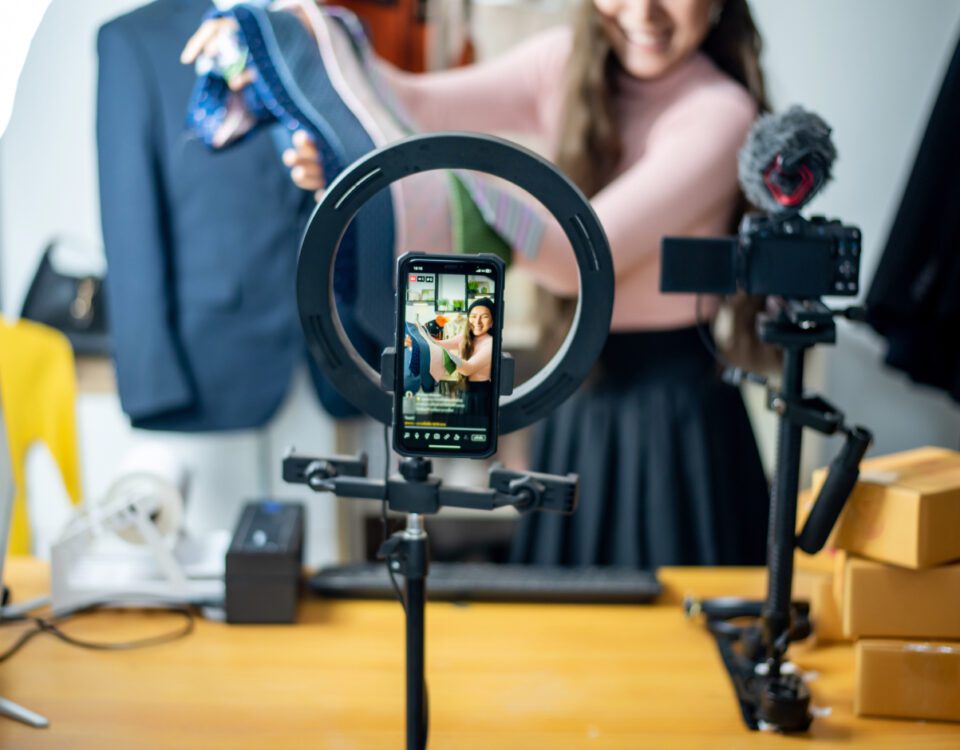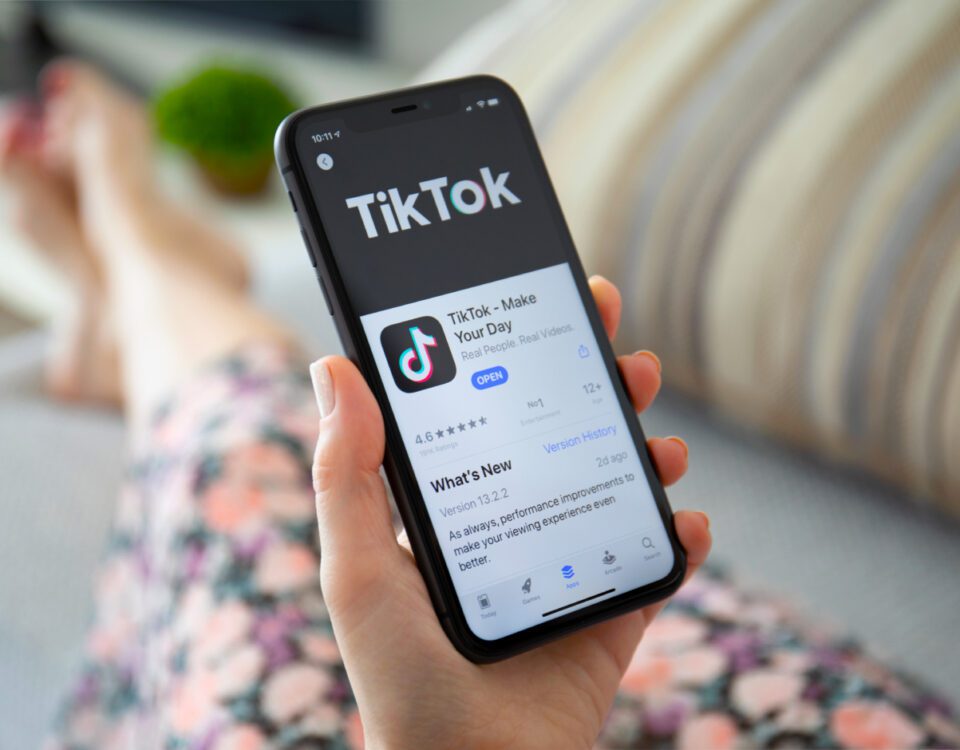Share
Whether you’re the owner of a restaurant, café, pub or bar, it’s likely that you’re interested in learning what your guests like and dislike most about your establishment, from your menu options to your standard of customer service. Implementing a sentiment analysis system and carrying out regular social listening on social media are both excellent ways to gain these insights and access the data you need to make effective changes to your business. Each of these activities involve monitoring conversations taking place online (as well as hashtags and keywords) that relate to your brand and industry, so that you can discover how customers are feeling about your restaurant and its competitors.
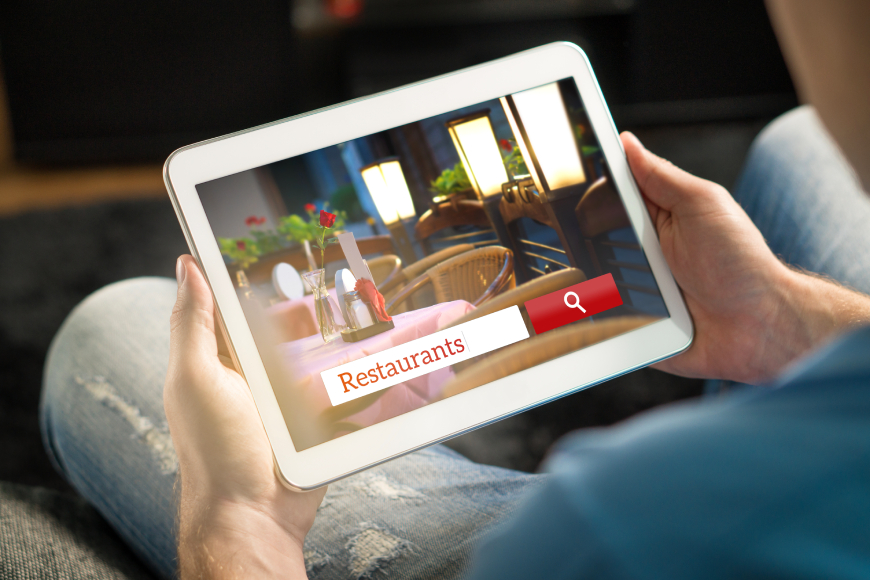

Restaurant Sentiment Analysis
Sentiment analysis, also known as sentiment monitoring, sentiment tracking or opinion mining, refers to the process of finding out how your business is perceived by its customers and the general public. This is typically achieved by analysing comments and messages from various online sources and sorting them into positive, negative and neutral categories.
In most cases, sentiment analysis is carried out by computer-generated algorithms and AI that has been trained in NLP (Natural Language Processing), but if you’re thinking of setting up a sentiment monitoring procedure for the first time, we would thoroughly recommend that you consider using our Human Insight service instead - the first ever sentiment service conducted by real people, not bots. Automated sentiment trackers often struggle with informal language, sarcasm, regional dialect phrases and other non-standard forms of communication, resulting in misinterpretations and therefore inaccurate data. We’re proud to offer a more natural and reliable approach, using contextual clues to determine the genuine emotions behind each message.
Human Insight pairs perfectly with restaurants and other hospitality brands because it’s a great way to break down your positives and negatives into highly specific topics, allowing you to detect the best and worst performing elements of your business.
Positive comments about your restaurant can include:
• Staff praise
• Short wait times
• Tasty food and drink
• Quick resolution of any issues experienced
• Enjoyable atmosphere/ambience
• Useful facilities
Conversely, some examples of negative sentiment are:
• Cold or bad-tasting food
• Long wait times
• Table booking mixups
• Staff complaints
• Lack of options for alternative diets
Take a look at the following graphs, which show examples of just a few of the categories our Human Insight team can report on for your hospitality brand, featuring a handy month-on-month comparison.
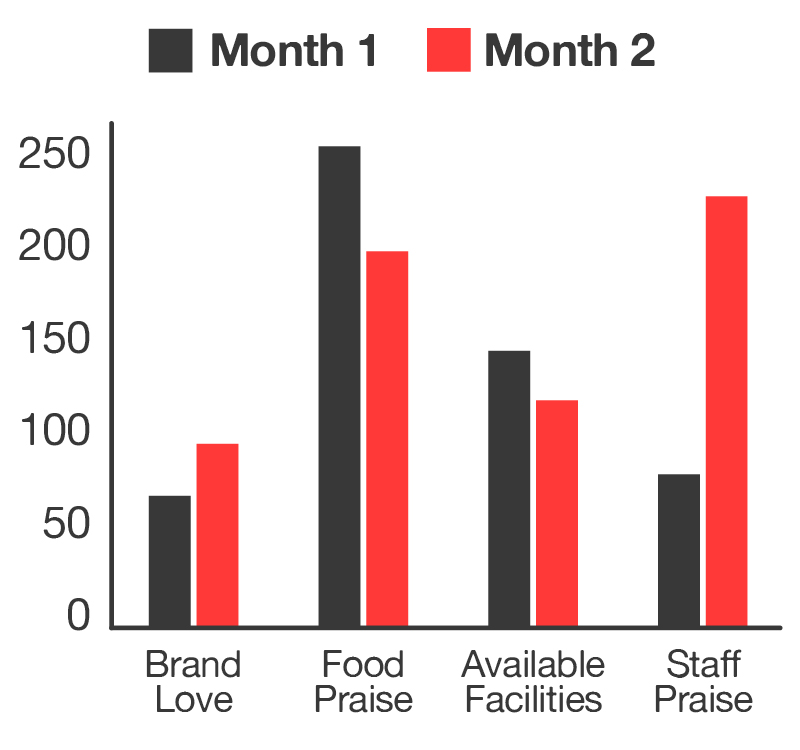

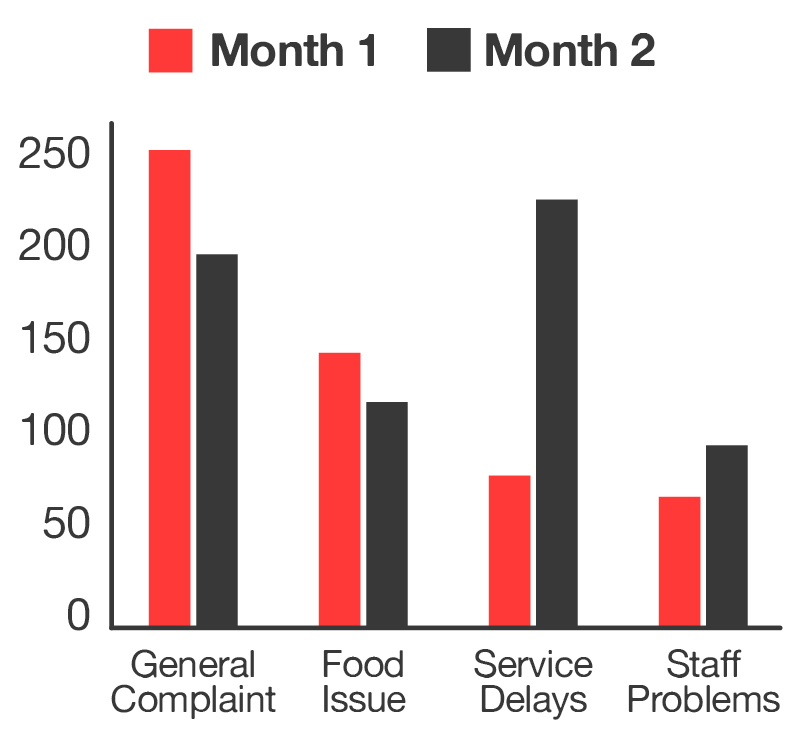

As well as providing you with these detailed topic breakdowns, we’ll give you a monthly sentiment overview so you can get a quick glance at how your restaurant is performing overall. It’s vital to check your sentiment overview regularly so that you can identify any changes or increases in negativity, before delving into what’s causing them.


What’s more, we can break down sentiment on a post-by-post or ad-by-ad basis, revealing data about particular campaigns or content pieces. This enables you to gauge your audience’s reaction to the things you share on social media, and means you can review common conversation themes that are triggered by your posts. Content surrounding vegan food, for example, often raises discussions of sustainability and the environment. Understanding what types of discourse begin as a result of your social campaigns will ultimately help you plan your future marketing messages.
Social Listening for Hospitality
Social listening is similar to sentiment analysis as it also revolves around tracking keywords and phrases on social media. However, the main difference is that it can involve the additional step of responding and joining relevant conversations to raise awareness of your brand and answer users’ queries, rather than just extracting data.
Let’s say you’re the owner of a Mexican restaurant in London. Naturally, it makes sense for you to track the phrase ‘Mexican restaurant’ and the word ‘London’. By doing this, you’ll be notified when a Twitter user tweets the following:
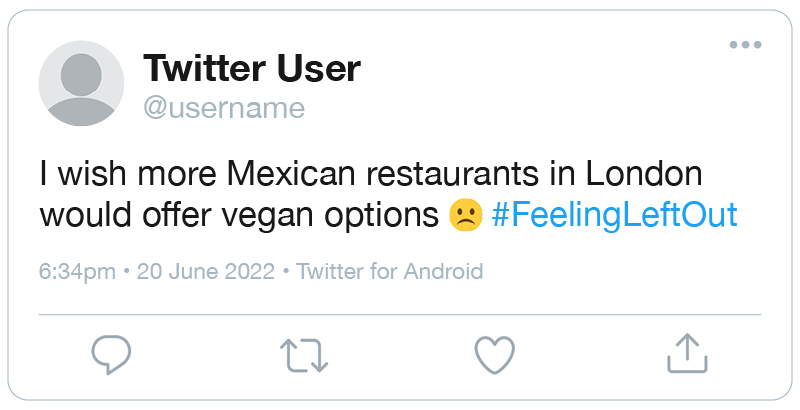

We can see here that this person is disappointed by the lack of vegan dishes available at their local Mexican restaurants. If your restaurant does offer vegan options, this is a fantastic opportunity for you to jump in and introduce your business in a reply and let the user know that you’ve got just what they’re looking for. On the other hand, if you don’t have any vegan choices on your menu, this tweet can assist you in your market research. Noticing a rising trend in comments of this nature can prompt you to consider adding vegan dishes to your menu in the future in order to meet the requirements of prospective guests.
47% of people admit that they have used social media to complain about a business, so complaints and concerns should also be monitored within your social listening strategy. In the example tweet below, the user is expressing their dissatisfaction with the standard of customer service in the restaurant, which should alert you that some extra staff training or refresher sessions need to be undertaken.
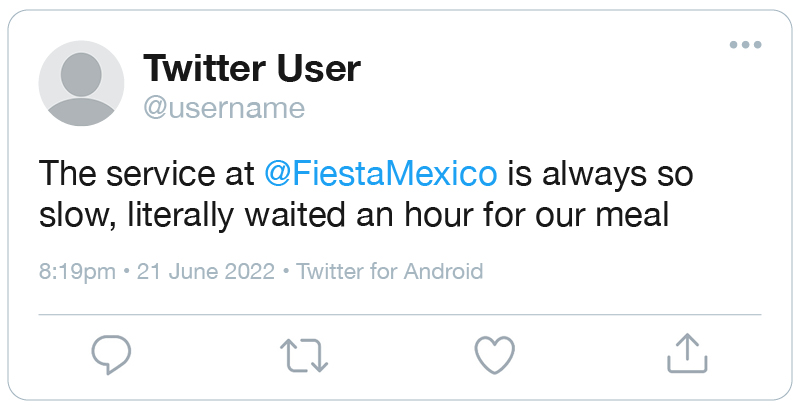

Find Untagged Mentions
Without a social listening strategy in place, you’ll only be notified of direct mentions (aka when a user specifically tags your brand using its @username). Adding your business name to your list of tracked keywords - as well as any potential misspellings or alternative nicknames - means you can keep an eye on posts that contain indirect mentions too, opening up lots more possibilities to discover what’s being said about your restaurant.
In the example below, the user is sharing some positive feedback and a helpful menu suggestion. Because they haven’t tagged the restaurant’s username, this tweet would be missed if the restaurant isn’t tracking their indirect brand mentions through social listening.
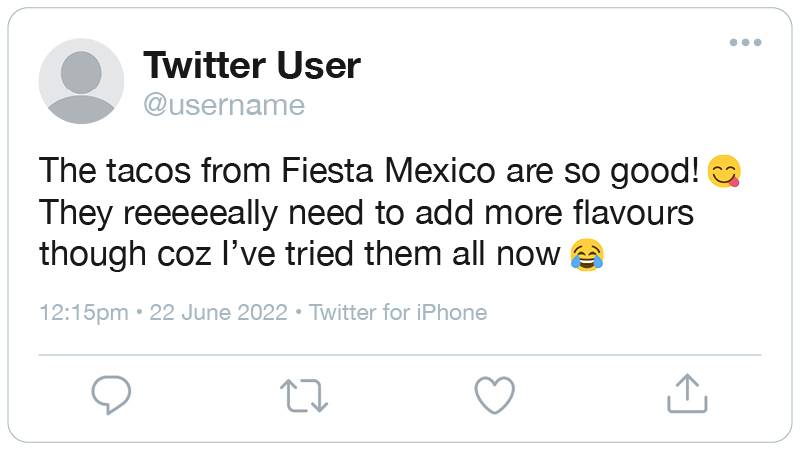

Additionally, monitoring untagged comments can help you find out if your brand is being mentioned on any social platforms on which you don’t currently have a page. For example, you may not have an Instagram account for your business, but your social listening results might reveal that lots of Instagram users are discussing your brand on the platform. This could suggest that it’s time for you to open an account and be where your fans are.
Stay Up to Date with Industry Trends
Your social listening process shouldn’t only include terms and phrases that are specific to your own brand - it’s important to keep track of wider industry trends too, by monitoring a selection of general hospitality-focused keywords. Finding out what’s going on in the restaurant world as a whole can help you implement further improvements to your business. Are takeaway and delivery options popular right now? Should you be displaying calorie counts and nutritional information on your menu? What kinds of social media content are generating the most chatter? These are all examples of areas you can assess thanks to social listening, and can show you where your competitors’ strengths and weaknesses lie, therefore highlighting any gaps in the market for you to take advantage of.


Summary
As you can see, a combination of sentiment analysis and social listening is the best way to track what customers really want from your restaurant. Whether they’d like to see more menu choices, a wider range of deals and offers, enhanced service or better facilities, tracking comments and messages on Facebook, Twitter, Instagram and other key platforms will enable you to implement effective changes and tailor your experience directly to the wants and needs of your audience. Get in touch today to learn how our team of social media specialists can assist you in monitoring all relevant conversations online.






